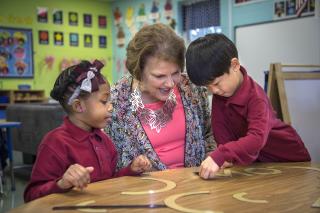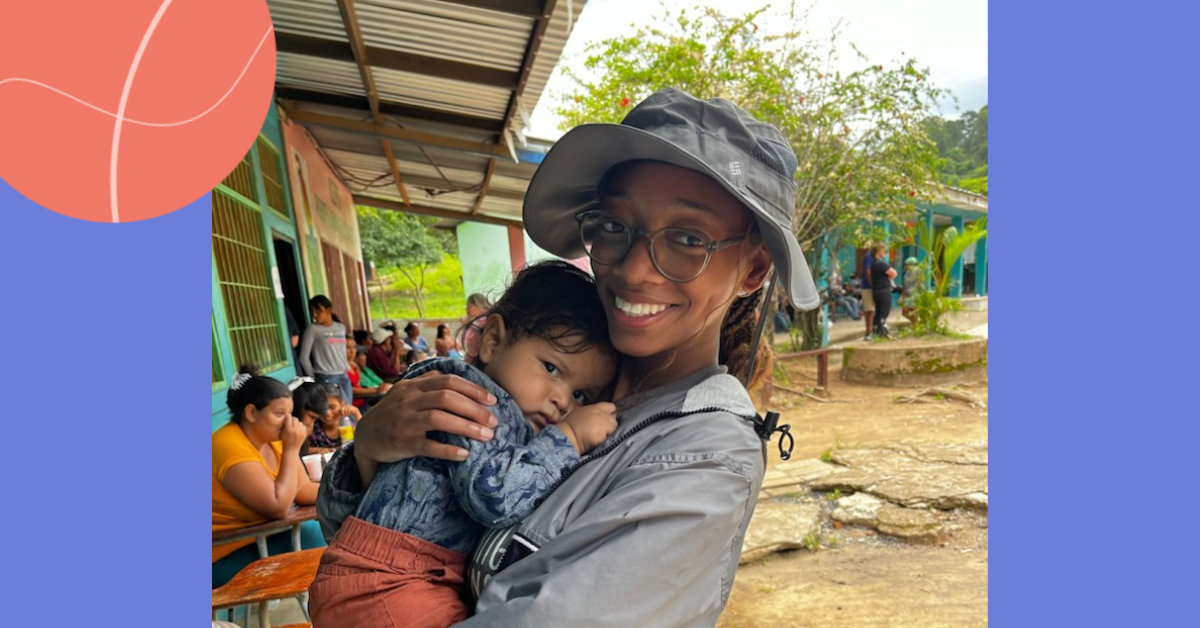
Children are our future. They are eager and impressionable, and their brains develop extensively from birth to age 5. They are society’s greatest asset. So how do we ensure that all children learn and grow in an environment that sets them up for a successful, healthy life? Part of the answer involves high-quality prekindergarten education. To be deemed high-quality, a program employs degreed teachers; provides safe, age-appropriate learning spaces; performs regular assessments; and maintains a sustainable funding model.
Research shows that early education helps close the achievement gap that can begin as early as 18 months into a child’s life. This is especially true for disadvantaged children, who are less likely to have someone read to them or engage them in back-and-forth discussion. In a 1995 study, University of Kansas professors Betty Hart, Ph.D., and Todd Risley, Ph.D., documented language interactions heard by children from birth to age 3. Their data showed that by age 3, children of professional parents had heard 30 million more words than children in welfare families.
“What is important about this research for all children is Hart and Risley’s conclusions on the importance of expressive language that follows the years of listening to other people talking,” said Jeanne Wilson, Ed.D., early childhood head at St. Mary’s Episcopal School. “This is how we learn—building new experiences on top of previous experience. So, in a typically developing child, early language is the foundation of what we refer to as ‘school readiness,’ and prekindergarten-aged children (3- and 4-year-olds) are beginning to use language in this way.”
Based on research such as this and the belief that the earlier a child attends a “right-fit” school, the better, MOST added pre-k3 and pre-k4 as entry points for scholarships beginning in the 2008-09 school year. Since then, we have supported about 60 prekindergarten students annually, at a cost of about $120,000 each year. For the 2017-18 school year, we have 62 students in pre-k3 and pre-k4 receiving $115,984 in scholarships.

“Over the long term, research says that children who had a quality pre-k experience will achieve further education attainment, higher lifelong earnings, and less delinquency than their peers who did not attend pre-k,” said Sean Lee, president of Porter-Leath, the largest provider of early childhood education in Memphis.
Part of the Chicago Longitudinal Study, a 2011 cost-benefit analysis of the Chicago Child-Parent Centers preschool program at age 26 showed a societal return of $10.83 per 2007 dollar invested—due mostly to participants’ increased earnings and lower crime rates. For a city such as Memphis, where nearly half of the children grow up in poverty, we are right to help provide them with the prekindergarten advantage.
In March 2018, Memphis Mayor Jim Strickland announced a proposal to continue funding and eventually expand Shelby County Schools’ universal needs-based prekindergarten program. According to The Commercial Appeal, Shelby County currently has about 7,000 pre-k seats and is aiming for 8,500 seats. Although 8,500 seats will not be enough to accommodate all children in need, the district’s pre-k program is already making positive strides.
“Shelby County pre-k students helped increase the district average for kindergarten readiness from 49 percent to 59 percent between 2016 and 2017,” said Mark Sturgis, executive director of Seeding Success, an organization helping to create and fund an early childhood education plan for the city. “We must continue down this path to reach our goal of 90 percent ‘kindergarten-ready’ by 2025.”
Alongside the public pre-k initiative, MOST provides additional pre-k capacity by offering need-based scholarships for private-school programs. Fifty-seven of MOST’s 71 partnering private schools have pre-k3 and/or pre-k4 programs, including Evangelical Christian School (ECS), which expanded to pre-k3 in August 2017. Several private schools have also added programs for 2-year-olds, though MOST does not provide scholarships for that age level.

“A prekindergarten education allows students to have an academic focus with developmentally appropriate learning activities,” said Paula Cowart, ECS lower school head. “Three- and four-year-old children are sponges. They absorb so many things throughout their play and everyday activities and have the capability to learn foundational skills that will allow them to enjoy a vigorous academic culture as they grow.”
Our youngest minds deserve our investment. The early literacy that prekindergarten provides is vital to a student’s success in grade school and beyond. In Memphis, where in some sectors we have more jobs than skilled workers to fill them, it makes sense to put our money into early education. The first five years of a child’s life provide the best opportunity to foster social-emotional, physical, and cognitive growth. Coupled with continued engagement at home, high-quality prekindergarten taps into a child’s greatest strengths and abilities. Children are our future, and early education will help shape their future.

